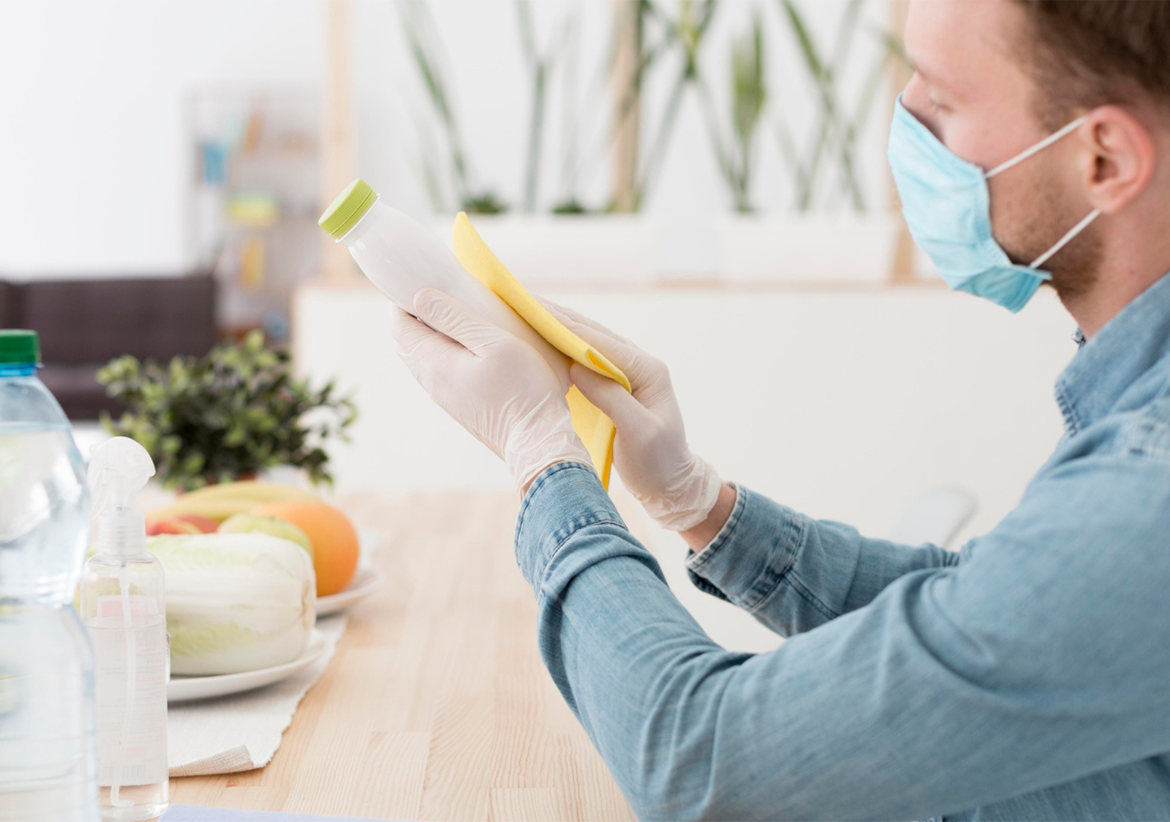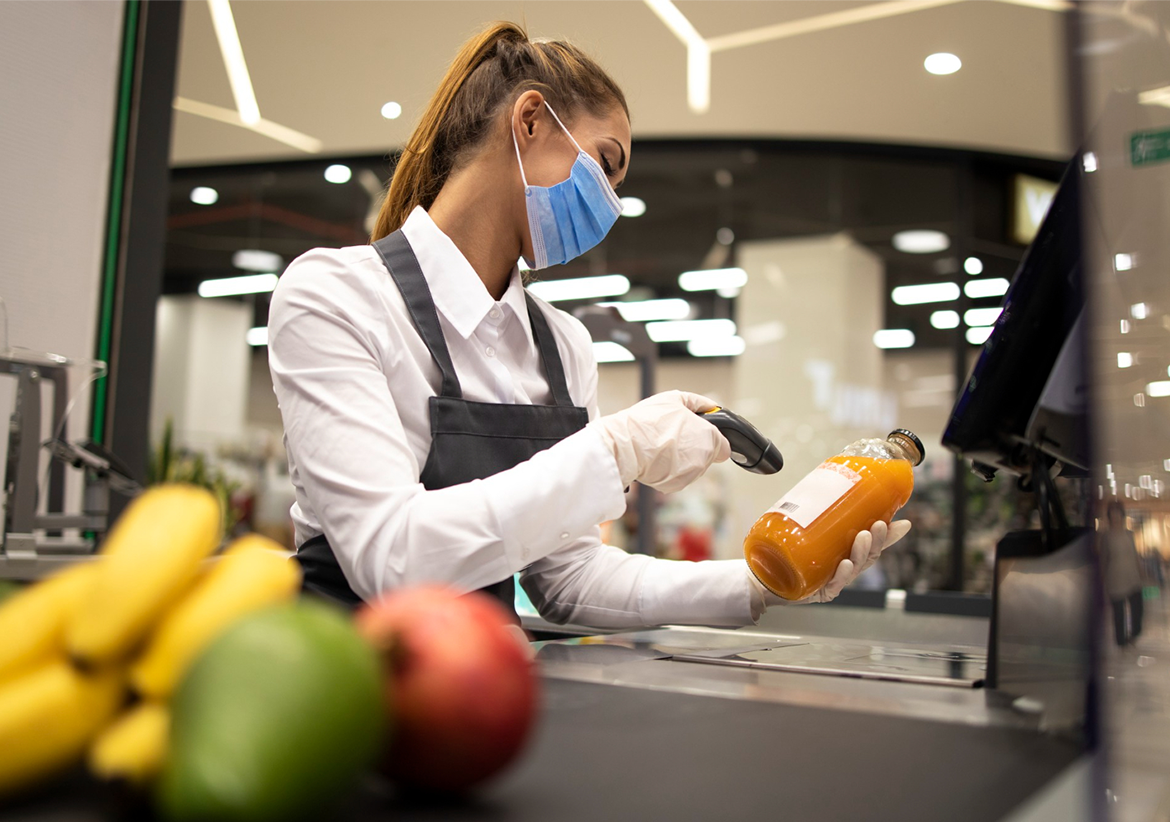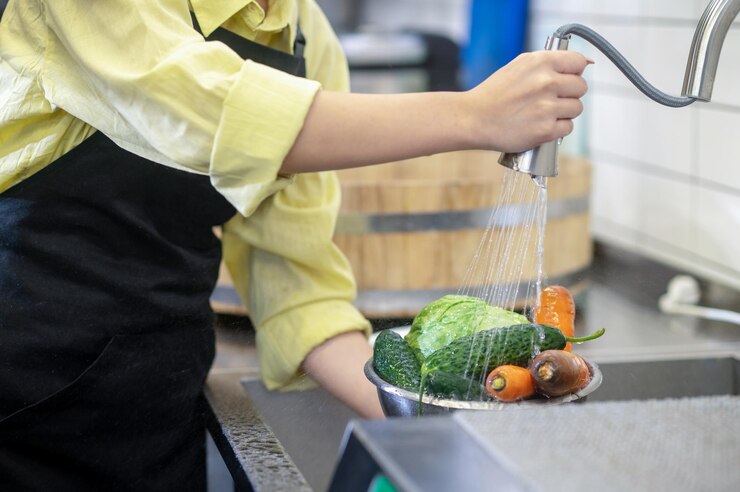The focused training "Achieving Food Hygiene" is crucial for any successful food firm. This course guarantees that organizations satisfy high food safety requirements by training workers on cleanliness guidelines, robust cleaning procedures, strict food storage temperature management, effective pest control, and meticulous recordkeeping. The workshop emphasizes five crucial procedures to help organizations achieve a flawless Food Hygiene Rating, protect customers, and maintain brand trust.
Comprehensive Staff Training:
Make sure your staff gets full training to stress how important it is to follow the rules for cleanliness. Talk about things like good personal cleanliness, how to handle food safely, and ways to stop cross-contamination. Your team will stay up-to-date on the latest industry standards and information if they take regular training classes.
Strong Cleaning Procedures:
Make and follow a strict cleaning plan for your whole business, paying extra attention to areas where people prepare food, wash dishes, and handle cooking tools. Deep cleaning on a regular basis not only keeps the area clean, but it also greatly lowers the risk of getting sick from food.
Temperature Control:
Maintaining food hygiene and following food storage laws requires constant monitoring. Check refrigerators and freezers often to keep perishables at the right temperature. This approach maintains food quality and inhibits the spread of harmful microorganisms, following Achieving Food Hygiene principles.
Adequate Pest Control:
Make a strategy plan for pest control to stop infestations before they get out of hand. Regularly check your business space for pests and act right away to fix any problems you find. Taking effective steps to get rid of pests helps keep the environment safe and clean.
Document and Record:
Keep detailed records on hygienic habits. Staff training, cleaning schedules, and temperature logs are documented. Keeping correct records shows a commitment to health and safety and helps identify and resolve issues quickly. Subheadings improve organization, but context comprehension requires brevity.





